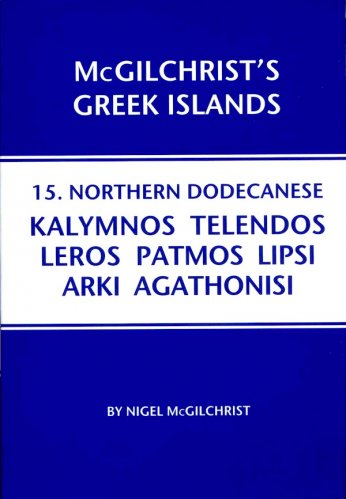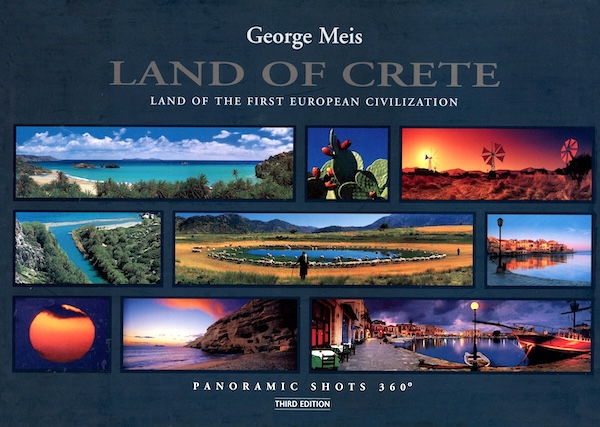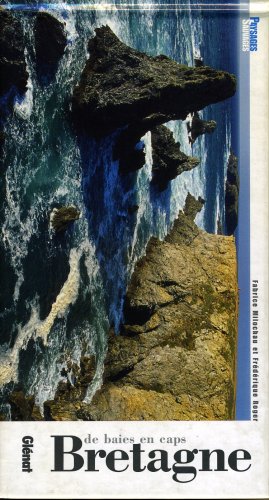Northern Dodecanese
Kalymnos Telendos Leros Patmos Lipsi Arki Agathonisi
Northern Dodecanese
Kalymnos Telendos Leros Patmos Lipsi Arki Agathonisi
- Non disponibile, richiedi informazioni sulla disponibilità
- Possibilità di reso entro 10 giorni lavorativi
- Transazione sicura con carta di credito, Paypal o bonifico bancario
- Spedizione tracciata con SDA
Kalymnos delights with its combination of easy normality and vivid geographical contrasts: a skeleton of rock-bare mountains breached by shallow plains of intense green fertility; waters reflecting mountain ridges and summits shot through with caves that are famous among pot-holers and rock-climbers; and, set in contrast to all this ruggedness, the island's capital Pothia which has a busy metropolitan feel. Even more than Kos, there is an astonishing quantity of Early Christian remains on Kalymnos and their greatest treasures are often their fine mosaic floors. Telendos is notable for the Basilica of Aghios Vasilios and the deserted settlement of Aghios Konstantinos with its dramatic setting. Leros has peacefulness, beauty and a wide variety of interest for its modest size. It has a coastline of magnificent bays, a handsome chora dominated by a dramatic castle, a number of interesting museums, early rural churches and villages that burst with flowers and trees amidst a landscape of rocky hills. The island's principal harbour at Lakki was built in `Rationalist' style in the 1930s during the Italian occupation. Both in the imagination and in reality, Patmos is so dominated by the great Monastery of St John that it is easy to forget that there is a lot more to this beautiful island - not least its beautiful and architecturally interesting chora which even without the Monastery would be worthy of attention. The island also possesses a remarkably varied shoreline - deeply indented and modulated, often backed by dramatic hillsides or marked by offshore islets and eroded rock-stacks. The islands of Lipsi, Arki, Agathonisi and their countless peripheral islets form a wide seascape of consummate and ever-changing beauty. This was in Antiquity the Milesian Sea and these islands lived by protecting and facilitating the immense volume of commercial traffic that passed in and out of Miletus. The best way to understand these islands is by boat, in order to capture some sense of what this corner of the Aegean was like in Antiquity.









